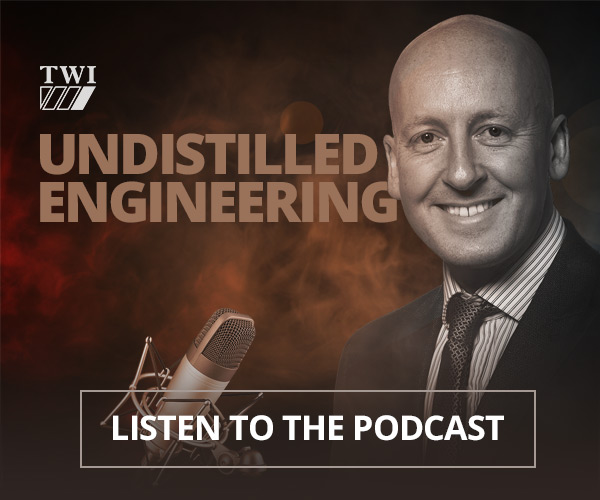Metal Inert Gas (MIG) and Metal Active Gas (MAG) welding are gas metal arc welding (GMAW) processes that use heat created from a DC electric arc between a consumable metal electrode and a workpiece which melt together to create a weld pool that fuses to form a join.

MIG stands for Metal Inert Gas.
Only inert gases or gas mixtures are used for the shielding gas when MIG welding. Typical inert gases used for MIG welding are argon and helium. These gases are usually used for MIG welding of aluminium and other non-ferrous metals.
MAG stands for Metal Active Gas.
Active gas mixtures have been developed primarily for welding steels. Typical shielding gases are mixtures of argon, carbon dioxide and oxygen e.g. CO2 , Ar + 2 to 5% O2 , Ar + 5 to 25% CO2 and Ar + 10% CO2 + 5% O 2 .
The composition of the shielding gas has a substantial effect on the stability of the arc, metal transfer and the amount of spatter. The shielding gas also affects the behaviour of the weld pool, particularly its penetration and the mechanical properties of the welded joint.
In the US, both MIG and MAG welding are described by the term GMAW ( Gas Metal Arc Welding).
If you have any questions or need help, email us to get expert advice: contactus@twi.co.uk.